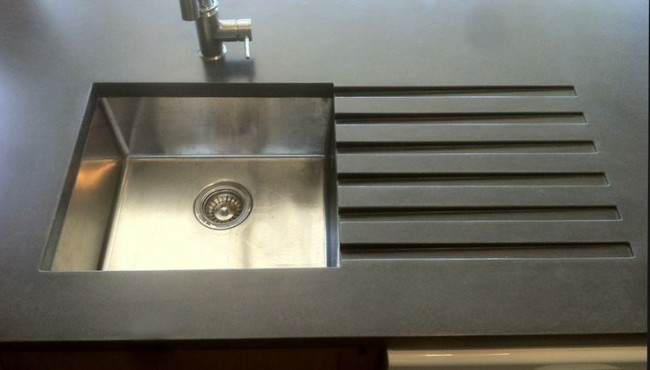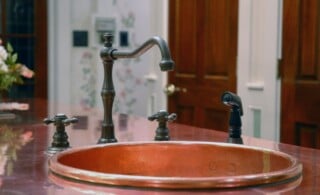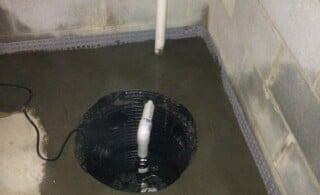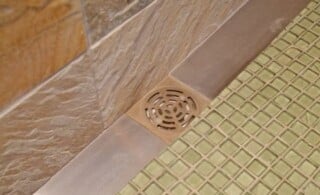
Plumbing problems are. Clogged pipes and clogged arteries already have a visual connection, but the symptoms, causes, and treatment for these two conditions share their parallels. By understanding how your pipes work, the risk factors involved, and how these mechanisms closely resemble the blood vessels of the body, you can responsibly maintain your home’s pipes and possibly monitor your own health as well.
Identifying and Preventing Clogged Drains: Avoid Coronary Plumbing Disease
Early warning signs of a clogged drain include slow draining or a gurgling sound in your toilet bowl. Moreover, if water unexpectedly appears on the floor or in a bathtub when running laundry, this may be a sign a clog has developed in the main line. Ignoring these early warning signs, almost always leads to bigger problems down the road. Just like clogged/hardened arteries, there may not be any symptoms of a clogged or corroded pipe until the pipe is completely blocked. Whether your plumbing shows signs of clogging or not, periodic cleaning and maintenance of pipes is a good idea to prevent future problems. Flushing hot water and baking soda down your drains once a week should keep most drains clear.
Causes of Clogged Drains: Your Pipes’ Arterial Plaque
Hair, oil, heavy paper, and mineral build-up associated with hard water can all be contributing causes of a clogged drain. In kitchens, failure to wipe down pots and pans and allowing grease to enter your drain is the most frequent culprit. But here’s the real kicker: many clogs in both pipes and arteries first begin with corrosion. Injuries to the arterial walls cause platelets to clump in an attempt to repair the artery causing inflammation and eventually the build-up of plaque.
Likewise, corroded pipes tend to create the perfect preconditions for clogs to form. The most common causes of corroded pipes are water with low or high pH, the presence of salts or sulfates, suspended solids (sand, rust), excessively high temperatures or flow rates, bacteria or chemical related corrosion, and improper installation, among others. In a worst-case scenario, extensive corrosion can cause pipes to burst in virtually the exact same way an aneurysm occurs.
Treatments for Clogged Drains, Corroded Pipes, and Arterial Deterioration
There are a handful of treatments available for both clogged pipes and hardened arteries. Beginning with the least intrusive measures, these treatments share their own interesting parallels. Whether it’s prolonging your own life or the life expectancy of your plumbing, taking early action and developing good habits are critical.
1. Plungers and Diet/Exercise
The first plan of attack is also the least intrusive. Take a plunger to your clogged drain; eat healthier and exercise more to reduce the build-up of plaque and hardening of blood vessels.
2. Home Remedies and Basic Treatments
More assistance is often needed. For a clogged pipe, pour baking soda, then boiling water, then vinegar down your drain. With high cholesterol or high blood pressure, your doctor will likely recommend beta-blockers, ACE inhibitors, and/or anti-platelet medications to manage health risks.
3. Drain Cleaner and Anti-coagulants
If a home recipe doesn’t do the trick, you can try drain cleaners, but be wary of chemical cleaners that frequently lead to pipe corrosion. Anti-coagulants will thin your blood, reducing the risks of arteriosclerosis, but anti-coagulants have their own risks.
4. Plumbers’ Snake and Angioplasty
More serious clog repairs may require some money hiring a plumber to snake the pipes and physically remove the clog. Likewise, doctors can catheterize your blood vessel, inflating a balloon and inserting a mesh tube (stent) to keep the blood vessel open.
5. New Pipes and Bypass Surgery
The most severe blockages may require you install a new section of pipes or circumvent arteries with bypass surgery. Problems of this magnitude should be left to the pros.
 Upgrade Your Home Life
Upgrade Your Home Life  DIY Guide to Repairing a Leaky Kitchen Faucet
DIY Guide to Repairing a Leaky Kitchen Faucet  Why DIY Jobs Look Shoddy (and Tips to Make Your Next DIY Project a Success)
Why DIY Jobs Look Shoddy (and Tips to Make Your Next DIY Project a Success)  Sump Pump Odors – How to Detect & Eliminate Issues
Sump Pump Odors – How to Detect & Eliminate Issues  Clogged Drains
Clogged Drains 

Are You Familiar With This Topic? Share Your Experience.